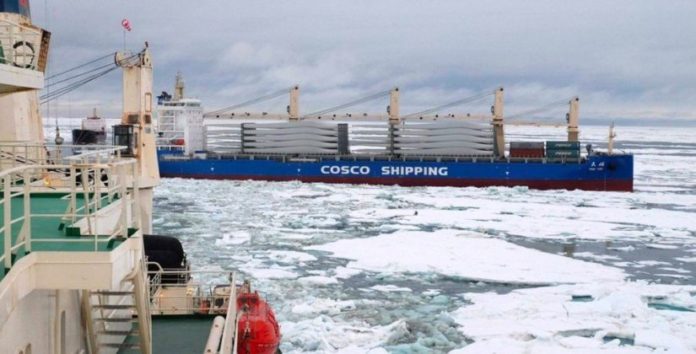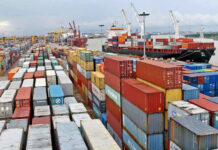During the January-October period of the current year, a total of 2 crores 82 lacs and 8 thousand tonnes of goods have been transported through the Northern Sea Route, which is 4.8% more than the same period of the previous year. At this time, the route has carried 21 lacs and 25 thousand tonnes of transit goods, which is 66% more than the same period last year.
A total of 1,155 ships have been approved to operate on the Northern Sea Route during the period under review, a yearly increase of 18%.
In the last five years, cargo traffic on the Northern Sea Route has increased fivefold. Although 37 trips were completed on this route in 2019, this number increased to 64 in 2020. In that year, 3 crores 30 lac tonnes of goods were transported through this trade route.
In 2019, 977 ships entered the IMO’s Arctic Polar Code area. Bulk carrier traffic in the region has increased at the most significant rate due to increased iron ore extraction in Canada. It is estimated that the transportation of goods through the Northern Sea Route will increase to 10 crore tonnes annually by 2030.
This gradual growth is due to the fact that the amount of sea ice decreases every year. According to the US National Snow and Ice Data Center, in the 10 years leading to 2019, the average area of the Arctic sea ice has dropped from 61 lac square kilometres to 43 lac square kilometres.
In addition, the congestion in the Suez Canal after the container ship Ever Given got stuck last March has encouraged shipping companies to use the Northern Sea Route. To travel from Asia to Europe on this route, one has to travel 4,000 nautical miles less than the traditional route.
Russia, meanwhile, plans to start shipping on the Northern Sea route throughout the year in 2022 and 2023.
There are several reasons why shipping on the Northern Sea Route is relatively low. One of them is the concern about climate change. Due to the environmental impact, many people try to avoid this route as much as possible.




